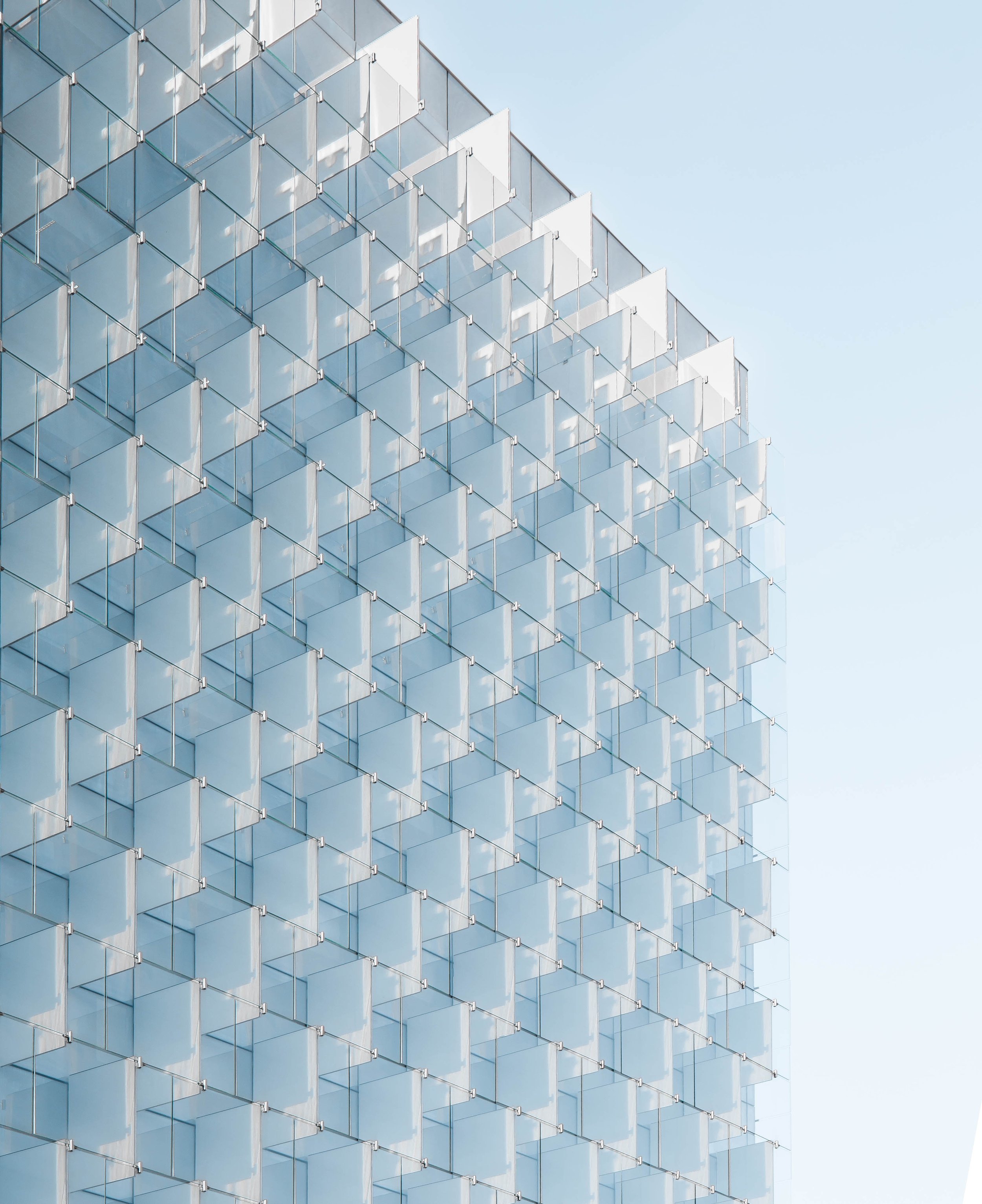AI Interior Design: How Designers Can Thrive in the Age of Intelligent Tools
Artificial intelligence is no longer a fringe concept in interior design, and it’s now embedded in ideation, materialization, and client communication. For creative studios and freelance designers alike, learning to harness AI in interior design means more than just using new software—it means evolving your mindset, process, and role in the project lifecycle.
In this article we’ll explore:
What AI brings to design workflows (and why it matters)
The advantages and challenges of AI for designers
Concrete steps designers can take to adapt, upskill and lead
The future landscape of interior design in an AI-enabled era
Why AI Interior Design Is a Game Changer
How AI is transforming interior design and architecture is by shifting how ideas are generated, evaluated and refined. AI-powered tools, particularly generative algorithms and neural networks, excel in brainstorming and idea generation, and can rapidly generate design ideas based on the input and parameters provided. This doesn't mean AI is replacing the designer's creativity, but rather enhancing it with:
Faster ideation and iteration: Sketch-to-render workflows, generative layout options, quick material experiments.
Deeper personalization: Using data and user-behaviour insights, AI enables tailored spatial solutions.
Elevated collaboration: Real-time visualisation tools enhance interaction among designers, clients and stakeholders.
Competitive advantage: Studios that embed AI now can respond faster, deliver richer visuals and scale their offering.
Data also shows that the global AI interior design market is projected to grow significantly, and design professionals are already learning and using AI tools at ~65% adoption, and 72% of studios believe AI will handle complex spatial design soon.
@credits_vojtek_morsztyn
The Tangible Advantages of AI in Design Practice
Enhanced Creativity & Idea Generation
Generative AI tools allow designers to input mood, function, spatial constraints, and receive dozens of visual or spatial permutations, being able to generate up to 1,000 design variations in under an hour. For example, when a designer is blocked in concept mode, AI becomes a “thinking partner” that expands the creative horizon.
Efficiency, Speed & Workflow Automation
Routine tasks such as generating layout variants, creating lighting studies, and testing color-schemes or material swaps can now be automated. This allows designers to allocate more time to creative aspects of their projects, like project narrative and client relationships.
Personalization and Adaptive Spaces
AI’s capacity for data processing means interiors can respond to behaviour: lighting routines, occupancy patterns, spatial mood shifts. By quickly sifting through extensive user data, AI extracts nuanced insights, crafting tailored design concepts that align with individual preferences and needs. This level of customization elevates client satisfaction and comfort while streamlining the design process. Beyond aesthetics, AI adapts designs as preferences evolve, creating adaptable spaces and efficient decision-making. With this, a personalized interior becomes not just aesthetic, but intelligent and responsive.
Data-Driven Insights
AI's exceptional strength in processing vast data troves translates into a designer's goldmine of insights. Analysis of large design or user datasets helps identify trends, material performance, and even user comfort metrics, helping spot intricate patterns and emerging trends that might elude human observation. This ability equips designers with a profound understanding of current design preferences and market demands. Designers can use this insight to shape decisions—not guess them.
Seamless Collaboration & Client Engagement
AI-powered tools enable interactive walkthroughs, alternative visuals on the fly, and transparent progress updates. They facilitate instantaneous communication, dissolving geographical boundaries and ensuring that ideas, feedback, and updates flow effortlessly. These tools enhance project transparency, offering clients real-time insights into design progress and decisions, and also streamline workflows, assigning tasks and deadlines with precision, fostering accountability and efficiency. Clients gain confidence from seeing immediate iterations and options.
Challenges and Considerations of AI in Design
Over-reliance on Technology
While AI can greatly assist designers, when it’s used without creative oversight, results can feel generic or uninspired. Designers must strike a balance between harnessing AI's capabilities and retaining their unique human touch and creativity so that the human vision remains the central focus of each project.
Learning Curve & Workflow Integration
Adopting AI tools often means re-thinking processes, retraining staff, and re-configuring style guides. Learning to use AI tools effectively can therefore be time-consuming, and not all designers may have the necessary training or resources to embrace these technologies, as it is a transition that takes time and investment.
Ethical, Privacy & Data Concerns
Collecting user data for personalization raises privacy issues. Using behavioural or preference data for design personalization raises questions of data security, transparency, and consent. These concerns must be addressed from the start, and designers must integrate ethics into their AI strategy.
Job Role Shifts
The fear of job displacement is a valid concern in any industry where AI is implemented. While AI may automate certain tasks, particularly technical or iterative ones, it also opens new roles like AI-prompt strategist or data design analyst. Designers need to evolve their skill sets accordingly and adapt to the new work landscape and companies’ necessities for these roles.
Preserving the Human Touch
Design is emotional, cultural, and contextual. AI may generate visuals, but it doesn’t feel the story behind the space. So, while efficient, it can sometimes lack the emotional depth and personal touch that human designers bring to their work. Striking a balance between AI-driven efficiency and human creativity is essential to ensure that each project remains emotionally rich and human-centred.
7 Ways Designers Can Grow and Lead in the AI Era
1. Embrace AI as a Creative Partner:
Designers can view AI not as a threat but as a powerful ally. By integrating AI-driven tools into their workflows, they can enhance their creativity, streamline processes, and generate innovative design concepts. Start by choosing tools intelligently, making sure you’re treating AI as a collaborator in concept, not just a time-saver.
2. Balance Automation with Intuition
Designers should strike a balance between automation and human creativity. While AI can handle repetitive tasks and provide data-driven insights, it's essential to infuse designs with the unique human touch, emotional depth, and cultural context that only humans can provide. So, automate repetitive tasks, but always leave space for intuition, material sensibility, and human insight.
3. Leverage Data for Design Decisions
Designers can harness AI's data analysis capabilities to gain deeper insights into user preferences, emerging design trends, and market demands. This data-driven approach can inform and refine their design decisions, resulting in more relevant and impactful creations. Use the AI-driven insights to make smarter design choices.
4. Build New Skill Sets
Design is evolving rapidly with AI innovations, and to stay ahead, you need to commit to continuous learning and adaptation. Explore new AI tools, stay updated on industry trends, and seek opportunities to enhance skills like learning prompt engineering, generative tool workflows, and data literacy. Studios that invest in training now will gain a market edge.
5. Design Ethically
Designers should be mindful of the ethical implications of AI in design by prioritizing responsible AI usage, ensuring data privacy and security, and actively working to mitigate biases in AI algorithms to create inclusive and ethically sound designs. So, embed transparency in data collection, avoid bias in generative outcomes, and protect your and your clients’ privacy.
6. Stay Agile and Curious
The pace of AI innovation is rapid, and experimentation, iteration, and continuous learning are non-negotiable. Invest now so that you're not trying to catch up with everyone else later.
7. Communicate Value Clearly
Clients may fear “AI replacing the designer”, and may not see the value of using AI tools in their projects. Use language that positions AI as a tool for better outcomes—faster visuals, richer options—but emphasize that your studio’s creative vision remains central.
Future Trends: What’s Next in AI Interior Design
Immersive and predictive environments: AI + VR/AR enabling clients to test spatial atmospheres before building.
Real-time adaptive interiors: Spaces that evolve based on user patterns, seasonal changes, and occupancy.
Hybrid workflows: Manual craft and generative AI work in tandem—hand-drawn foundation, AI-explored variations, human-refined final design.
Ethical AI design frameworks: Studios will need internal policies for data use, algorithmic bias, and inclusive design.
Adapting to the AI age in design requires a thoughtful and balanced approach. The advantages of AI in enhancing creativity, efficiency, and personalization are clear, but designers must also be mindful of potential pitfalls such as over-reliance and privacy concerns. Embracing AI as a tool to augment, rather than replace, human creativity is key to thriving in this ever-evolving design landscape. As designers continue to explore and refine their relationship with AI, they will undoubtedly unlock new possibilities and shape the future of design in exciting ways.
Explore More
If you're intrigued by innovative AI techniques and eager to delve deeper into the world of AI in interior design, you'll find a wealth of knowledge in my design guidebook. Whether you aim to master AI-powered software or grasp the intricacies of these technologies, this guidebook serves as your roadmap into the exciting world of AI-infused interior design.
If you’re exploring how to integrate AI into your creative process or want to collaborate on future-facing design projects, contact us to learn more about our AI-enabled design studio services.







